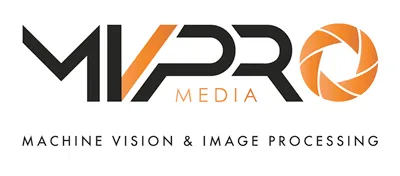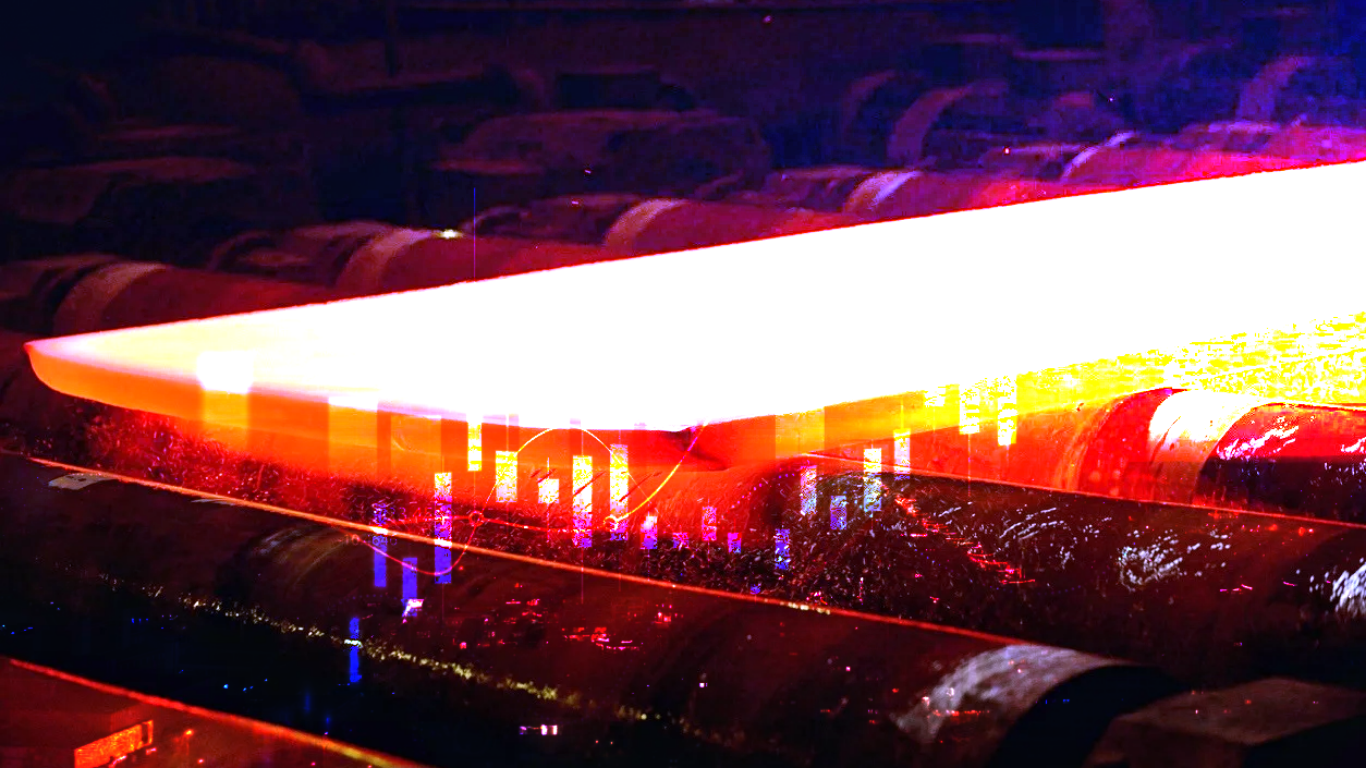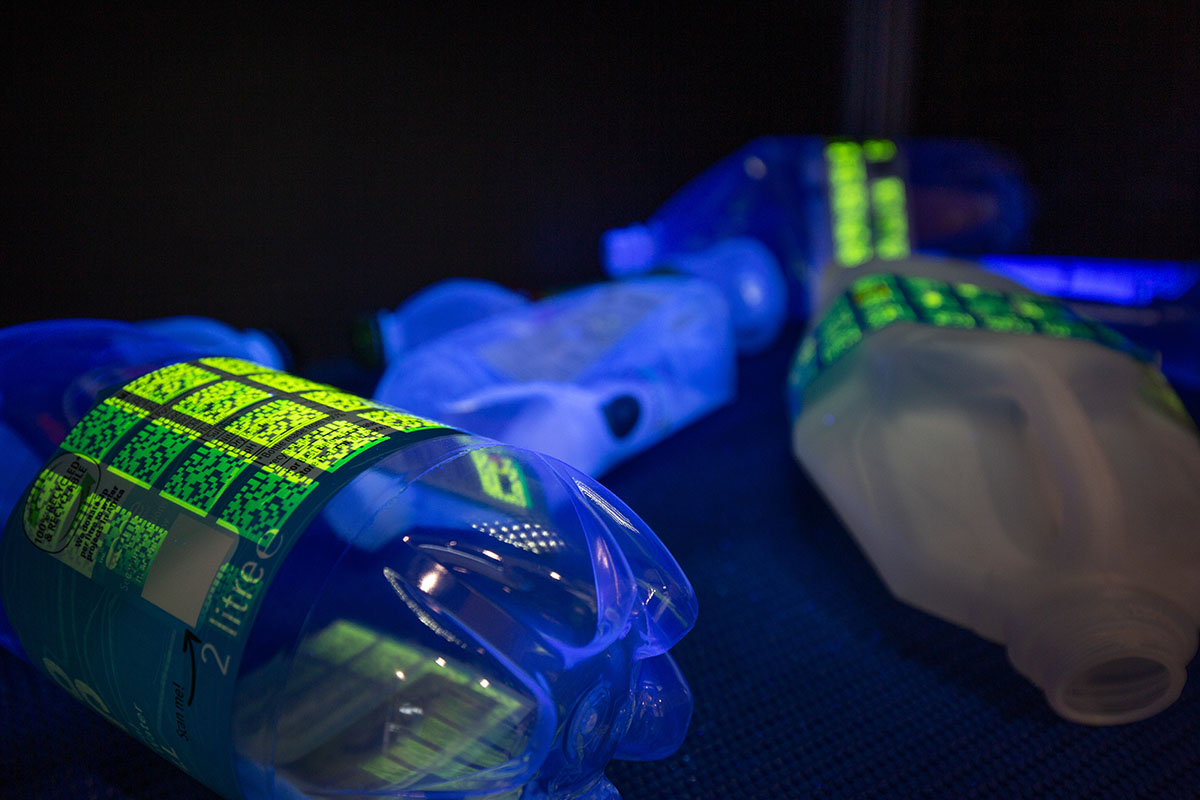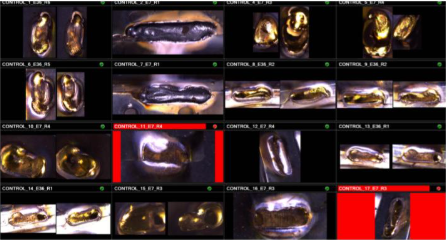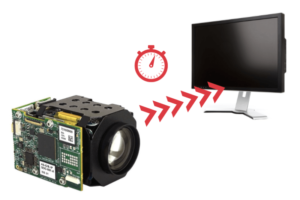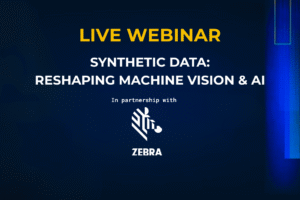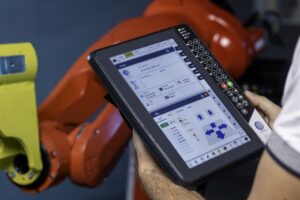November 2025 — ArXiv Research Highlight
Machine vision’s role in industry has traditionally centred on inspection: identifying defects, verifying assembly, and ensuring product consistency. But new research from a team of engineers in India demonstrates how vision systems are evolving from finding flaws to predicting them.
The study, titled “Process Integrated Computer Vision for Real-Time Failure Prediction in Steel Rolling Mill,” introduces a deep learning framework that monitors steel manufacturing in real time to anticipate failures before they occur. Rather than inspecting the final product, the system analyses visual data captured throughout the process, such as surface texture, colour variations, and deformation patterns, to identify the early signs of wear, overheating, or structural irregularity.
From Reactive Inspection to Predictive Vision
Predictive maintenance is a long-standing goal in heavy industry, where unplanned downtime can cost millions per hour. By embedding vision systems directly into the steel rolling line, the researchers trained a model capable of detecting failure precursors dynamically. The deep neural network processes live video feeds and learns the relationship between subtle visual cues and later component failures, enabling operators to intervene before costly breakdowns occur.
This approach represents a major shift in how machine vision contributes to productivity: evolving from quality assurance into process intelligence. Instead of simply detecting defects, the system informs decision-making across production, maintenance, and scheduling.
A Broader Trend Toward Industrial Analytics
The work aligns with a broader trend in manufacturing: integrating AI-driven analytics and computer vision into production control systems. Similar methods are already being trialled in paper mills, automotive forging, and semiconductor wafer fabrication, where continuous imaging data feeds predictive models that guide maintenance and quality optimisation.
As industries push for greater resilience and sustainability, process-integrated vision offers a path to both by reducing waste, energy use, and downtime. The research illustrates how the next generation of machine vision systems will not only see what’s happening but understand why it’s happening, closing the loop between perception and production.
Why It Matters
The paper highlights an important evolution for the machine vision community: the move from post-event inspection to real-time operational insight. For vision integrators, this opens new opportunities in industrial analytics and AI-assisted process optimisation, especially in sectors where rugged environments and high-temperature materials have traditionally limited camera deployment.
By embedding intelligence into visual systems, predictive maintenance becomes a natural extension of vision technology , transforming how heavy manufacturing industries manage risk, performance, and quality.
Primary source:
ArXiv — “Process Integrated Computer Vision for Real-Time Failure Prediction in Steel Rolling Mill”
